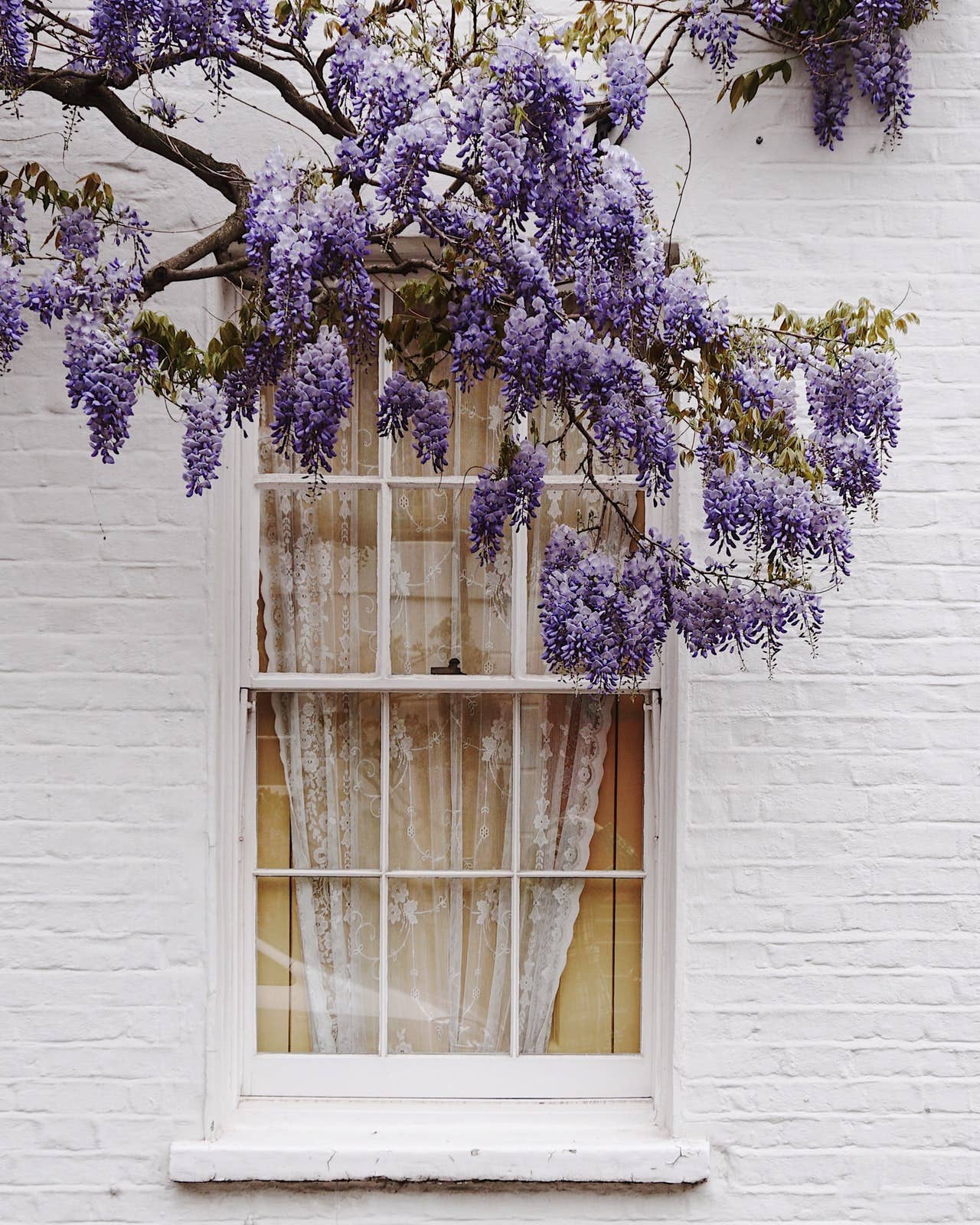
Judy Hayward
Preserving Historic Buildings While Preserving our Health
Like many of you reading this, I am working from home this week. It has freed up time from commuting, shopping, etc., and I am having the luxury of spending time in my home during daylight hours and am seeing things that need to be fixed. For those of us who are still healthy, it has occurred to me that we can use this time at home to use preservation as a healthy proactive activity to assess deferred maintenance and plan projects that will get the economy rolling again after the health crisis has passed. Here are a few suggestions:
- Make conditions assessments of the house, barn, or commercial buildings you own. John Leeke’s Managing Maintenance is part of his Compendium available online for $30. It is still my personal favorite for studying the preservation needs of any building. http://historichomeworks.com/publications/
- You can download free preservation briefs published by the National Park Service . A good one to get you started is https://www.nps.gov/tps/how-to-preserve/briefs/47-maintaining-exteriors.htm. Many of these briefs will guide you through the assessment process and help you document what you find. Take photos and videos. Write your own report and make a work plan for fixing things. It will give you great information to share with architects, engineers, designers, contractors and suppliers or to plan a DIY project.
- Paint a room, fix a window, wash the windows, or lubricate squeaky hinges. It is amazing how accomplishing one task can make you feel empowered even if the world feels unsteady. My local hardware store announced deliveries last night on Facebook; maybe yours has done the same thing.
- Check out one of Traditional Building’s webinars at www.traditionalbuildingshow.com Developed for architects and other professionals to earn learning units, the webinars feature information on historic windows, doors, clay tile roofs, ornamental metal and more.
- If illness has struck, read a good book about great architecture. My personal favorite is Jim Garvin’s A Building History of Northern New England. Another great regional read is Architecture and Buildings in North Carolina by Catherine Bishir. Virginia McAlester published the third edition of A Field Guide to American Houses a few years ago, and she greatly expanded the information on Mid-century and late 20-century housing styles. There is something for everyone in her expanded book including a section on new traditional architecture. I heard this morning that interlibrary loan may be on hold in my area, but some local bookstores are delivering, and there are online book retailers that are still delivering.
“An ounce of prevention is worth a pound of cure;” good advice for buildings and good advice for us, as we find ourselves in social isolation and in need of activity to beat back stress and the blues.
Judy L. Hayward spends her days pursuing a passion for historic architecture and the ways in which it can be reused to sustain and grow healthy communities. She develops courses in partnership with builders, architects, traditional craftspeople and others to teach both historic preservation and traditional building skills. She has one foot in the nonprofit world as executive director of Historic Windsor and the Preservation Education Institute and the other foot in the world of media and information services as education director for the Traditional Building Conference Series and Online Education Program.








